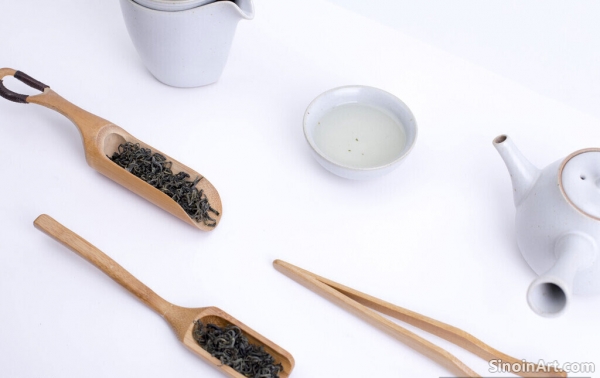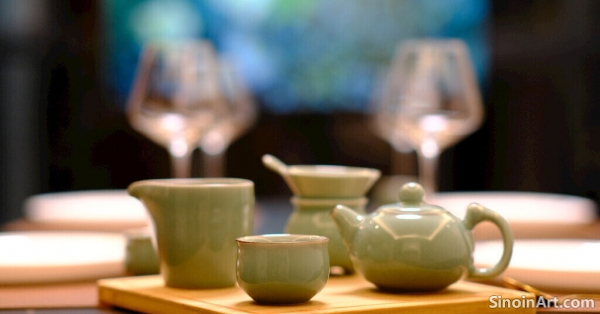The Nuances of Oolong: A Journey Through Partial Oxidation
|
Oolong tea stands out in the Chinese tea landscape for its unique partial oxidation process. Ranging from lightly oxidized, floral teas to more heavily oxidized, robust teas, the flavors and aromas of oolong are incredibly diverse. Exploring the different types of oolong will help reveal the complex nature of this unique tea type.  The partial oxidation process of oolong tea results in a complex array of flavors and aromas. The level of oxidation can range from 10% to 80%, creating a wide range of different types of oolong. These various degrees of oxidation make each type of oolong unique, and different brewing methods are often required.  Some popular types of oolong include Tieguanyin (Iron Goddess of Mercy) from Fujian, and Da Hong Pao (Big Red Robe) from the Wuyi Mountains. The different growing regions, and the different processing methods, both have an impact on the final result.  Brewing oolong tea can be a nuanced process, often using specialized tools and careful control of water temperature, steeping time, and the number of infusions. The best results often come from multiple infusions of tea leaves, which each produce their own unique flavors and aromas. The unique flavors and aromas of oolong tea make it a versatile beverage that can be enjoyed by both casual drinkers and dedicated tea enthusiasts. The wide range of types available make it easy to find an oolong that is perfectly matched to your unique taste preferences. |
Tag : Oolong Tea, Chinese Oolong, Partial Oxidation, Tea Regions, Tea Flavors
Related information
- The Tea Pitcher (Chahai): Balancing and Sharing Tea
- The Variety of Chinese Teas: A Journey Through Flavors and Regions
- The Tea Tray: Organization and Presentation
- White Tea: The Minimalist Approach to Tea Processing
- The Future of Chinese Tea: Balancing Tradition and Innovation
This article explores the function and significance of the tea pitcher, or chahai, in Chinese tea brewing, highlighting its role in balancing the strength of the brew and facilitating the sharing of tea.
Embark on a journey through the vast world of Chinese tea varieties, exploring the unique characteristics of green, black, oolong, white, and dark teas, and the regions where they originate.
This article examines the importance of the tea tray in Chinese tea ceremonies, discussing its various forms, materials, and the role it plays in the organization and presentation of tea sets.
Discover the world of white tea, a delicate and minimally processed Chinese tea. Learn about its harvesting, processing, and the delicate flavors that make it a unique and prized beverage.
Explore the future of Chinese tea and how it balances tradition with innovation. Discover the trends shaping the tea industry, from sustainable farming to modern technology, and how they ensure the longevity and relevance of Chinese tea culture.